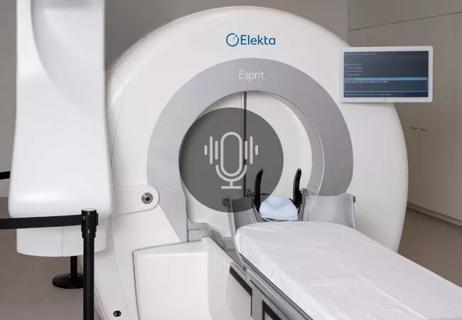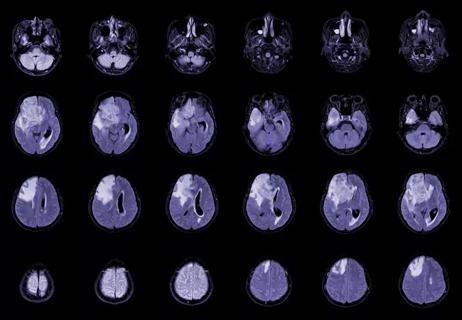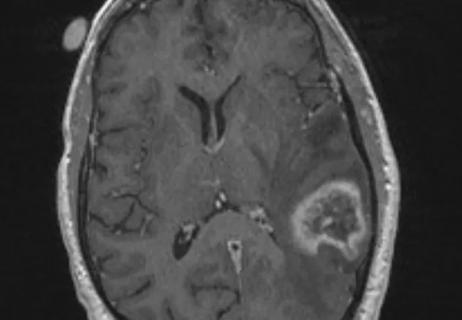Presurgical planning and careful consideration of pathology are key to achieving benefits
Advertisement
Cleveland Clinic is a non-profit academic medical center. Advertising on our site helps support our mission. We do not endorse non-Cleveland Clinic products or services. Policy
Surgical resection is the primary treatment approach for intraventricular tumors, which can be benign or malignant and additionally can affect the flow of cerebrospinal fluid and result in obstructive hydrocephalus. Minimally invasive endoscopic surgery offers several benefits over conventional methods, including reduced risk of complications and faster recovery. However, open surgery remains the best option for some pathologies.
“We don’t move completely from one option to the other; rather, we tend to expand our toolbox,” says Sarel Vorster, MD, MBA, a neurosurgeon in Cleveland Clinic’s Rose Ella Burkhardt Brain Tumor and Neuro-Oncology Center. “We see endoscopic surgery not as something that is going to take over brain surgery but as another helpful option. And we find applications that are most suitable.”
In the latest episode of Cleveland Clinic’s Neuro Pathways podcast, Dr. Vorster discusses surgical management of intraventricular tumors and considerations for their endoscopic treatment, including:
Click the podcast player above to listen to the 28-minute episode now, or read on for a short edited excerpt. Check out more Neuro Pathways episodes at clevelandclinic.org/neuropodcast or wherever you get your podcasts.
Advertisement
This activity has been approved for AMA PRA Category 1 Credit™ and ANCC contact hours. After listening to the podcast, you can claim your credit here.
Dr. Vorster: If a tumor enters into a brain ventricle, it’s a whole different approach because we’re dealing with the mass effect of the lesion, or its ability to push on other structures and cause dysfunction as a result. But we’re also dealing with the biology of the tumor, so the degree of resection that’s feasible is a consideration, as is the interaction between the surgical and the oncologic approach to the lesion.
An additional consideration, which is unique to intraventricular tumors, is that the lesion is present in and around the spaces where the spinal fluid is, which raises the prospect that tumor cells could be spread around. It also raises the possibility that fluid could be blocked. For these reasons, surgeons have always been nervous about operating on lesions that go into the ventricles because of the possibility of spreading tumor cells or causing bleeding as the cells enter the fluid.That is still a concern even in contemporary practice — the risk of spreading something that might have been focal previously.
For that reason, we generally do not try to treat malignant tumors endoscopically but rather use an open approach. If a lesion is more on the benign end of the spectrum, it becomes more feasible to take an endoscopic approach. And endoscopic approaches are very appealing, of course, because of their ability, when applied appropriately, to deliver the same quality of outcome with a very small incision.
Advertisement
Advertisement

Researchers use AI tools to compare clinical events with continuous patient monitoring

Combining dual inhibition with anti-PD1 therapy yielded >60% rate of complete tumor regression

Improvements enable targeting of brain tumors with single-session, fractionated or neoadjuvant approaches

Cleveland Clinic researchers pursue answers on basic science and clinical fronts

New research from Cleveland Clinic helps explain why these tumors are so refractory to treatment, and suggests new therapeutic avenues

New research focuses on tumorigenic aspects of communication among brain cells

Study demonstrates its role in tumor lethality, raises prospect of therapeutic targets

We now have an expanded toolbox to extend survival and lessen treatment toxicity